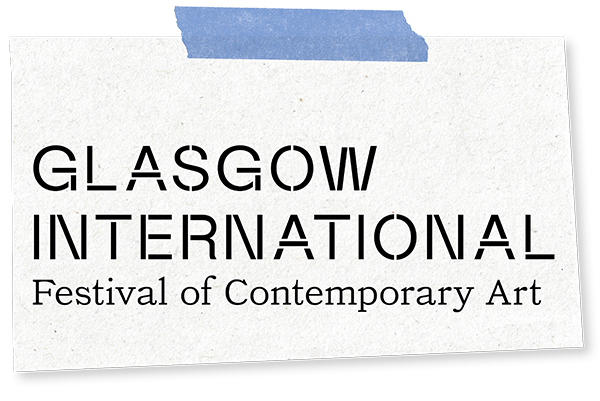I’m attended as a portal myself
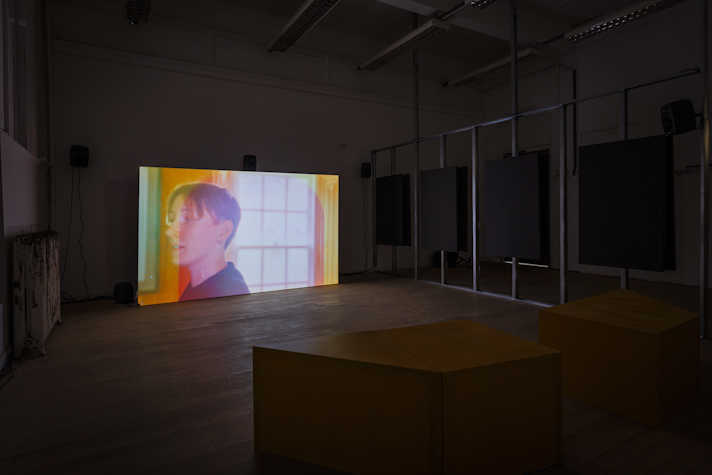
Courtesy of the artist. Photo: Eoin Carey
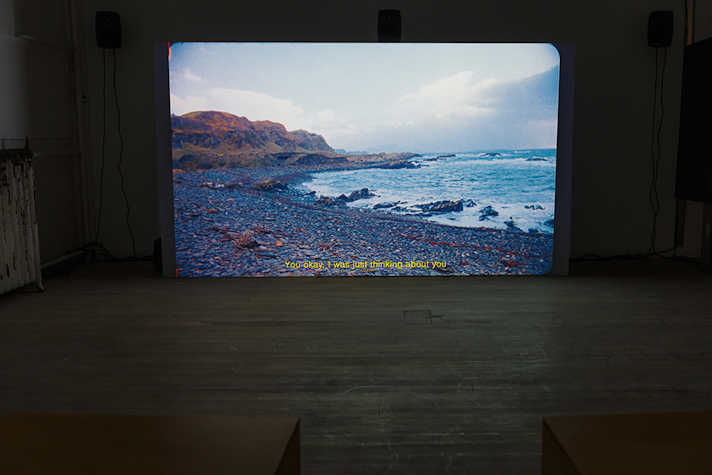
Courtesy of the artist. Photo: Eoin Carey
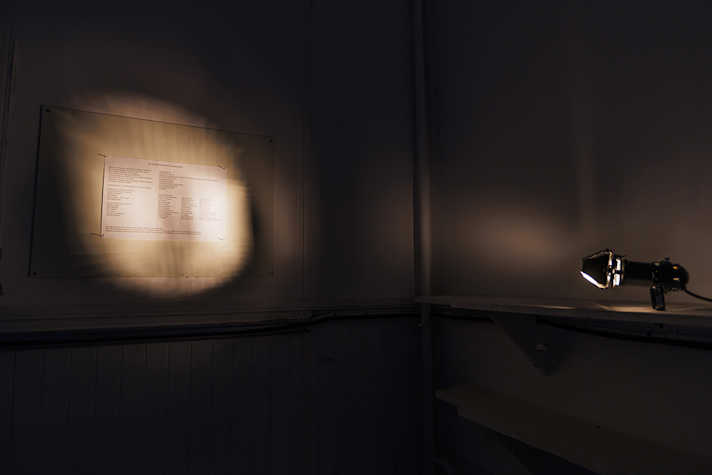
Courtesy of the artist. Photo: Eoin Carey
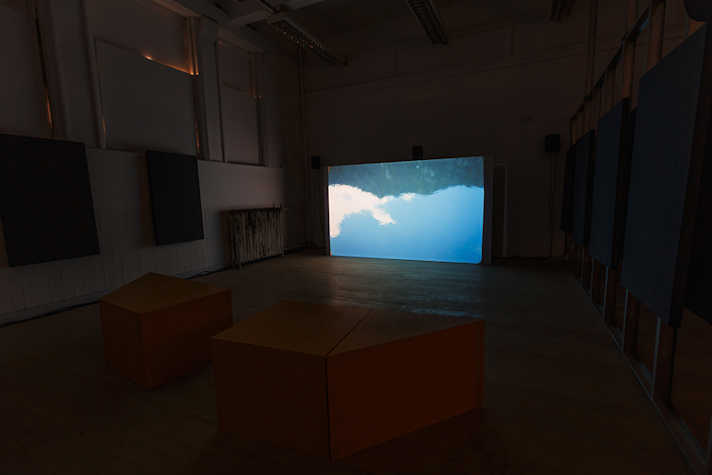
Courtesy of the artist. Photo: Eoin Carey
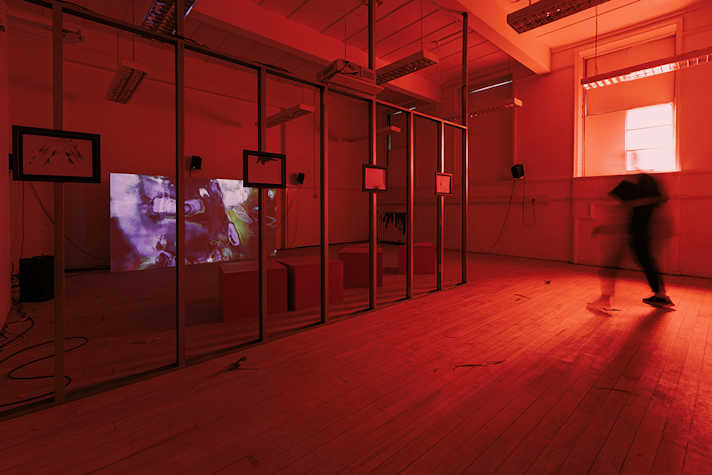
Courtesy of the artist. Photo: Eoin Carey
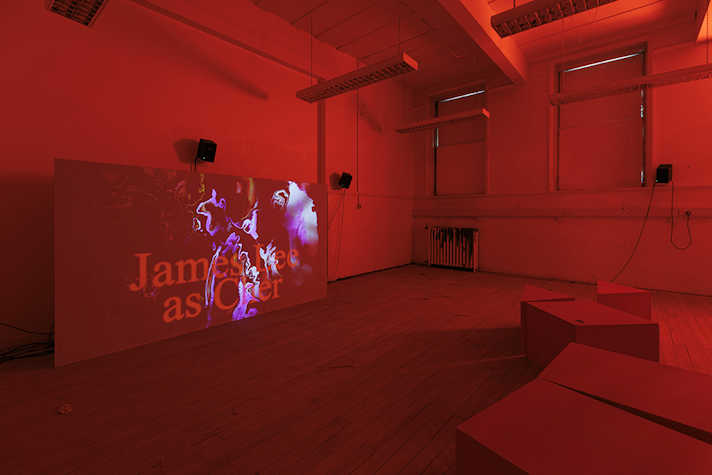
Courtesy of the artist. Photo: Eoin Carey
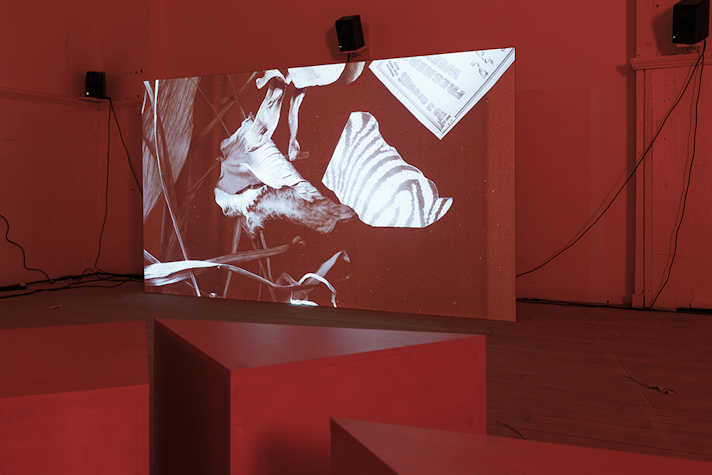
Courtesy of the artist. Photo: Eoin Carey
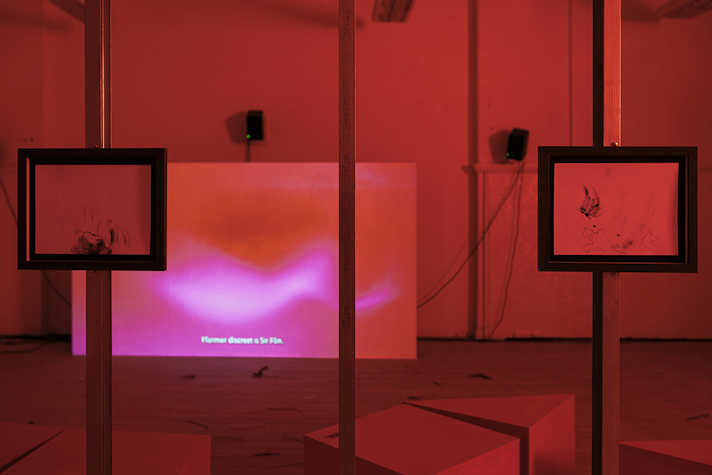
Courtesy of the artist. Photo: Eoin Carey
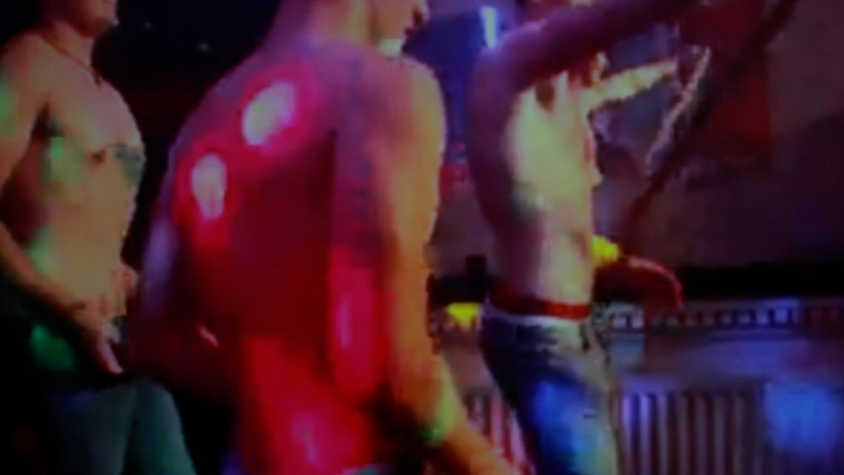
Courtesy of the artist
![B+W close up image of a man in his 50s with sandy hair playing violin and looking intently at the music.]](/media/e0ppcuf1/bobbi_tradmusic10-bobbi-cameron-copy.jpg?rmode=pad&height=475&quality=50&compand=true)
Courtesy of the artist. Photo by Sean Patrick Campbell
![B+W image of an older white man holding a guitar in profile and in sharp focus, another white male behind him playing the accordion in medium focus, a third white male behind him playing the violin out of focus.]](/media/1xyc0awa/bobbi_tradmusic08-bobbi-cameron-copy.jpg?rmode=pad&height=475&quality=50&compand=true)
Courtesy of the artist. Photo by Sean Patrick Campbell
I’m attended as a portal myself is a two-person show by artists and close friends Bobbi Cameron and Owain Train McGilvary. In sister rooms, they present two moving image works connected through an architectural intervention. The exhibition finds resonance between their collaborative approaches, opening portals between rural cultural memories, forgotten pasts and imagined worlds.
Working with cinematographer Margaret Salmon, composer Richy Carey, movement artist Aniela Piasecka and shamanic practitioner Ruth Mcauley, Bobbi’s debut 16mm film work ‘for the first words of a dreamworld’ uses deep listening practices, field recording and celtic shamanism as a celebration of non-linear and multi-versal communications.
Owain Train McGilvary’s video Seeing Red reanimates North Wales’ only gay bar, destroyed by arson a decade ago, interviewing erstwhile patrons and assembling an informal archive from digital remnants. This bilingual tribute is supported by a suite of elegiac drawings, offered in memoriam of lost queer histories.
Together, Bobbi and Owain explore the possibilities of the moving image to convene with history, finding richer realities remediated by translation, queerness, and transient forms of communication.
